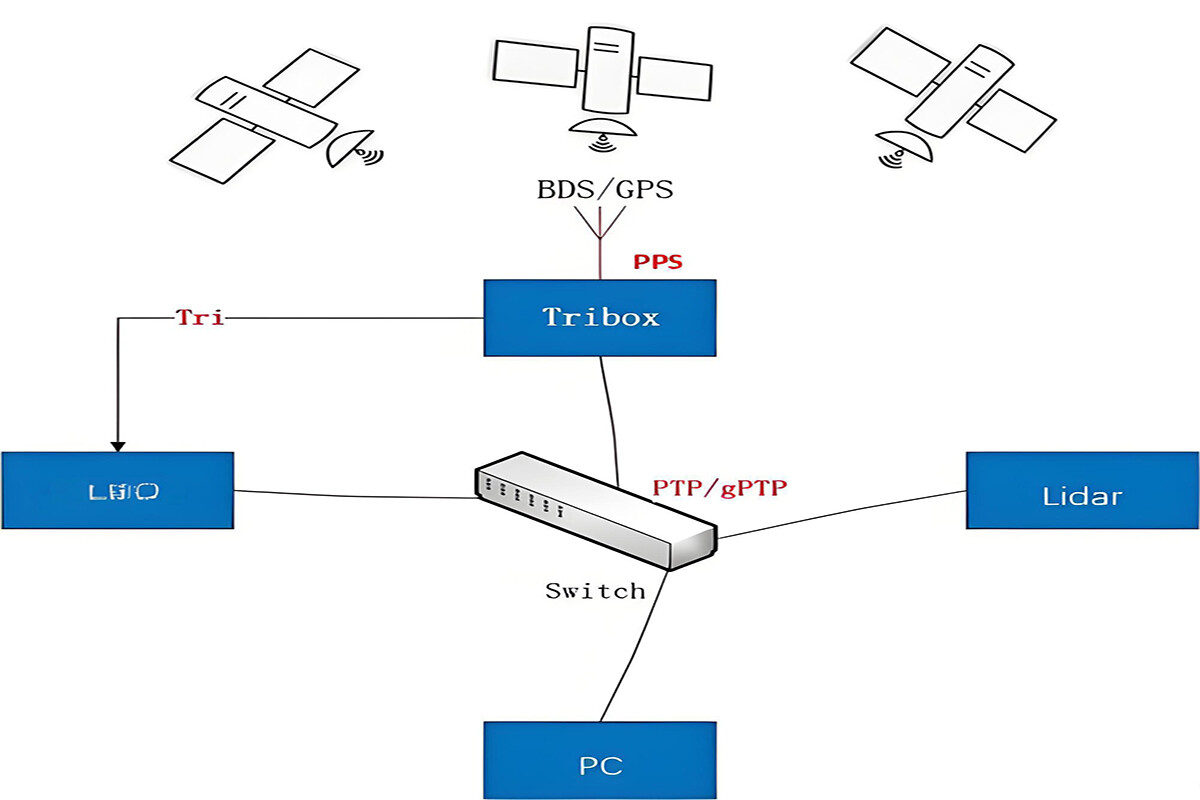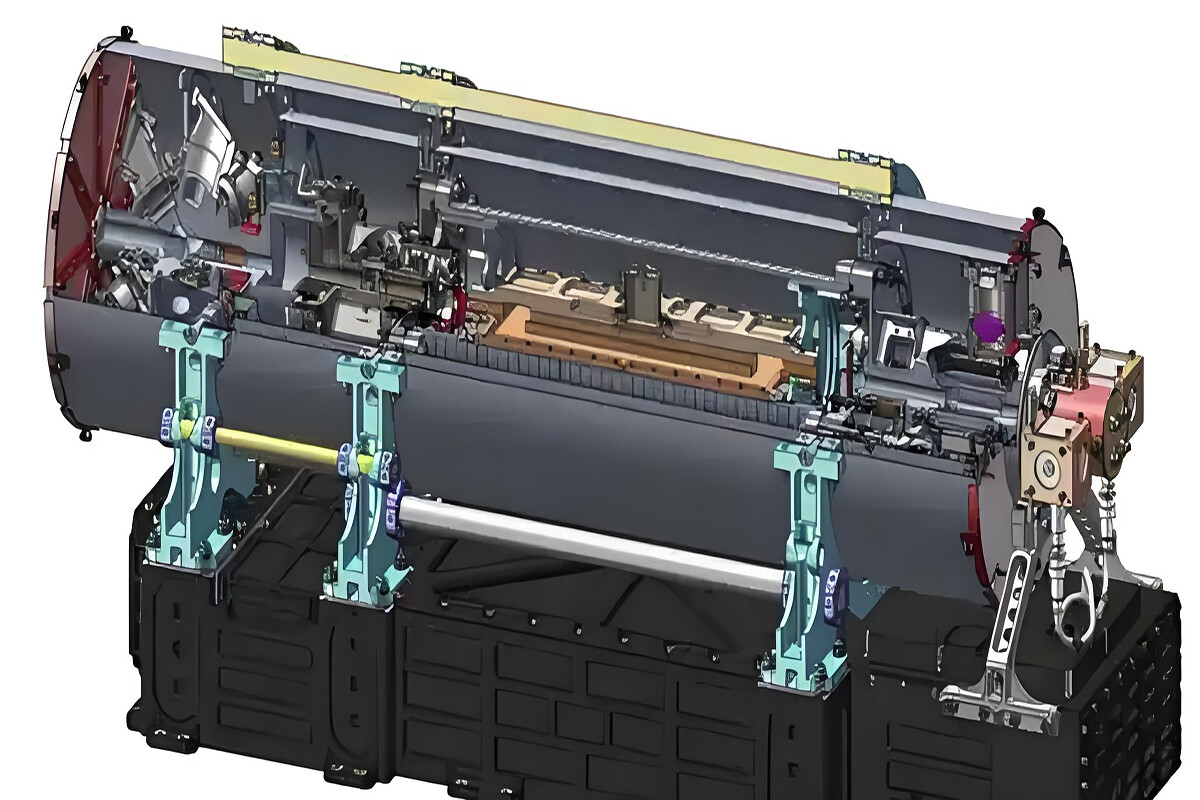RELATED
MESSAGE
The three-cesium clock system solution is a high-precision time and frequency system built using three cesium atomic clocks. Through reasonable design and control, it can achieve higher time accuracy, reliability and stability. The following is a typical three-cesium clock system solution introduction:
1. System Composition
Cesium Atomic Clock Unit:
It consists of three high-precision cesium atomic clocks, each of which has the ability to independently generate high-stability frequency signals. The cesium atomic clock is based on the transition frequency between the two hyperfine structure sub-energy levels of the ground state of the cesium atom as the time reference, with high accuracy and good stability. The performance parameters of these cesium atomic clocks (such as frequency accuracy, short-term stability, long-term stability, etc.) should be as close as possible to ensure the overall performance of the system.
Clock Group Control Unit:
Responsible for monitoring, controlling and data processing of the three cesium atomic clocks. It collects the output signal of each cesium atomic clock in real time, monitors its frequency and time information, compares and analyzes the output of the three clocks through a specific algorithm, determines whether the working status of the clock is normal, and adjusts and calibrates the clock as needed.
Frequency synthesis and distribution unit:
Synthesizes the output signals of the three cesium atomic clocks to generate a highly stable and high-precision integrated frequency signal. This unit can use methods such as frequency weighted averaging and optimal estimation to combine the advantages of the three cesium atomic clocks and improve the performance of the output frequency signal. At the same time, the synthesized frequency signal is distributed to each application module or external device of the system to provide a unified time and frequency reference for it.
Time synchronization unit:
used to synchronize the three-cesium clock system with an external time reference (such as international standard time) and the time synchronization between the various parts of the system. By receiving external time signals (such as GPS and Beidou satellite time signals), comparing them with the time of the three-cesium clock system, calibrating and adjusting the system time, and ensuring the consistency of the system time with the international standard time.
2. Working Principle
Independent operation:
In the initial stage or normal working state, the three cesium atomic clocks operate independently to generate stable frequency signals. Each cesium atomic clock performs frequency control and time counting according to its own internal mechanism.
Data Acquisition And Processing:
The clock group control unit collects the output signals of the three cesium atomic clocks in real time to obtain their frequency and time information. By analyzing and processing these data, the frequency deviation and time deviation of each cesium atomic clock relative to other clocks are calculated.
Clock Group Comprehensive Processing:
Based on the collected data and the calculated deviation, the clock group control unit uses a specific algorithm (such as the Kalman filter algorithm, etc.) to comprehensively process the outputs of the three cesium atomic clocks. The algorithm can consider the performance characteristics, historical data and current working status of each cesium atomic clock, and perform weighted average or optimal estimation on the outputs of the three clocks to generate a more accurate and stable comprehensive frequency signal.
Frequency Adjustment And Calibration:
If a large deviation is found in the frequency or time of a cesium atomic clock, the clock group control unit will issue a control instruction to adjust and calibrate the cesium atomic clock. The adjustment method can include fine-tuning the frequency control parameters of the cesium atomic clock, correcting the time count, etc., so that its output is consistent with other clocks.
Time Synchronization:
The time synchronization unit regularly receives an external time reference signal and compares it with the time of the three-cesium clock group system. If there is a time deviation, the time synchronization unit will adjust the system time to ensure that the synchronization accuracy of the system time and the international standard time is within the specified range.
3. Advantages And Characteristics
High Reliability:
The three cesium atomic clocks are redundant with each other. When one of the cesium atomic clocks fails or its performance degrades, the system can continue to maintain a high time frequency accuracy by adjusting the output of the other two clocks, which greatly improves the reliability and fault tolerance of the system.
High precision:
By comprehensively processing the output of the three cesium atomic clocks, the random error and system error of a single cesium atomic clock can be effectively reduced, and the overall accuracy of the system can be improved. Compared with a single cesium atomic clock, the frequency accuracy and stability of the three-cesium clock group system can be significantly improved.
Good stability:
The system can monitor and adjust the working status of the cesium atomic clock in real time, detect and correct potential problems in time, and ensure that the system maintains stable performance during long-term operation. At the same time, through synchronization with an external time reference, the system can continuously calibrate its own time frequency to further improve stability.
4. Application Fields
Satellite Navigation System:
Provide high-precision time and frequency benchmarks for satellites to ensure accurate transmission and reception of satellite signals, and improve the positioning accuracy and reliability of satellite navigation systems.
Communication Network:
In 5G, 6G and other communication networks, provide accurate time synchronization for base station equipment, core network equipment, etc., ensure stable transmission and efficient processing of communication signals, and improve communication quality and network performance.
Scientific Research:
In scientific research fields such as physics and astronomy, it is used to provide high-precision time and frequency standards to support precise measurement and data collection of experiments, such as atomic physics experiments and radio astronomy observations.
Financial Transactions:
Provide accurate timestamps for financial transaction systems to ensure the accuracy and consistency of transaction times and ensure the fairness, justice and stable operation of financial markets.
CONTACT US
Please use the form below to get in touch.
If you need a reply we will get in touch as soon as possible.





